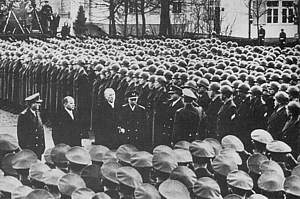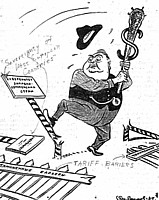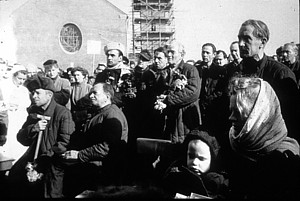Discussion
of Hügel-Marshall, Invisible Woman  (back to top)
(back to top)
- life in the Bavarian village
- foster home and school
- training as a social worker
- placement as a social worker
- friends in the German feminist movement
- p. 98f: "As
a black woman, I feel that our struggle for equality against sexism
and oppression has overlooked the problem of racism. All eyes are
on me…
' Come on, you know we're different from other women. How could
we, as feminists, have anything against blacks? If you have a specific
proplem to raise, okay, but try to leave skin color out of it.'
'Being white, we can't judge whether you percieve us as racist.
If you think about it that way, it's actually you who determines
what is and isn't racism.'
And thus they cast themselves as my victims, wronged by my harsh
judgment. I'm the one holding the reins while all these white feminists
tremble before me."
- quest to find her father
|




 (
(